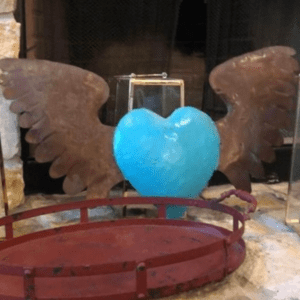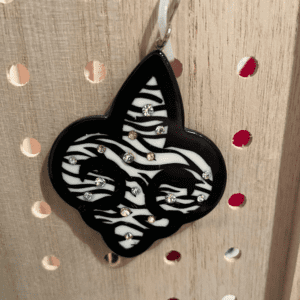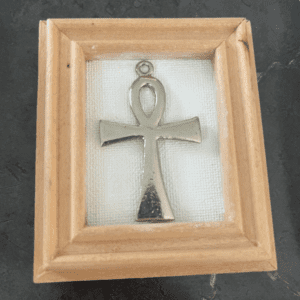Finding Religion
Uncovering Faith in Secondhand Treasures
Finding Religion showcases the most common religious objects found locally, as well as unexpected religious traditions and symbols discovered.
Through thrifting, we uncover common forms of religious expression, from vintage prayer books and rosaries to handcrafted icons and devotional items. These secondhand treasures reveal the diverse ways individuals practice and live out their faith.
Do you know your Crosses?
Can you identify the different types of crosses found on the round wood plaque?
- Celtic Cross
- Jerusalem Cross
- Latin Cross
- Patonce Cross
- Milagro Cross
The four main types of cross iconography are: the crux quadrata, or Greek cross; the crux immissa, or Latin cross; the crux commissa, resembling the Greek letter tau; and the crux decussata, inspired by the Roman numeral 10.
The exact number of religions and spiritual traditions that use the symbol of the cross is difficult to pinpoint, and while the cross is most prominently and widely used in Christianity, its presence in other religions and spiritual traditions adds to its broader symbolic significance.
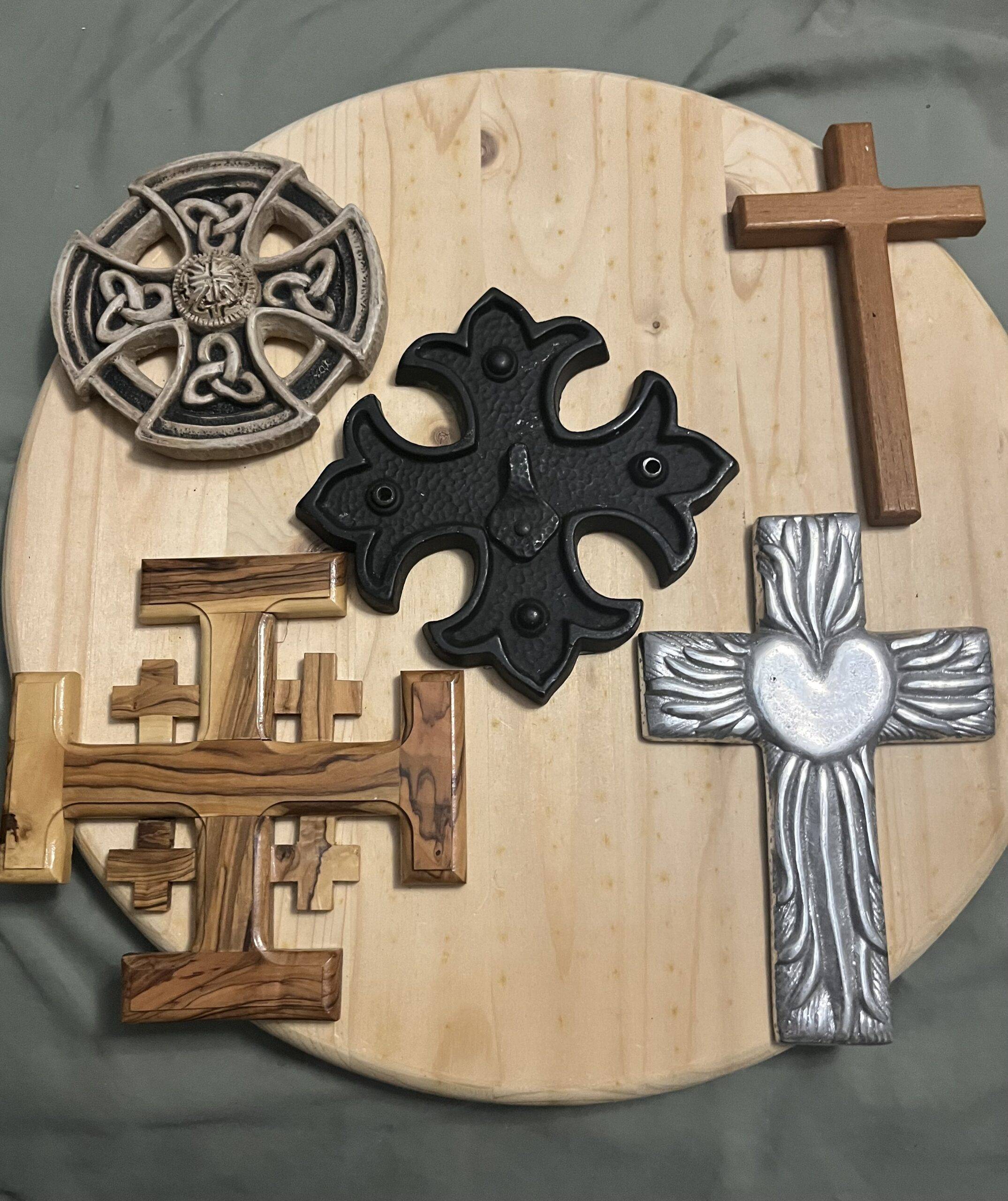
The Five Crosses
The five crosses—Celtic, Jerusalem, Latin, cross patonce, and milagro—each hold distinct symbols and meanings, reflecting a rich diversity in religious expression and artistic design. From intricate knotwork to simple forms, these crosses represent various facets of faith and heritage.
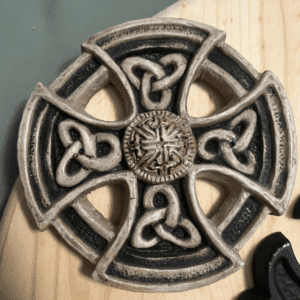
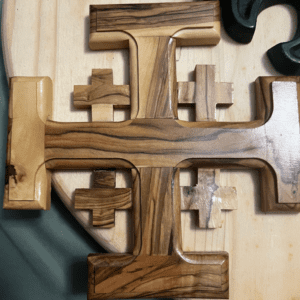
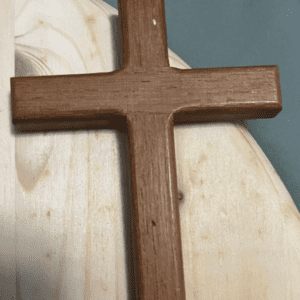

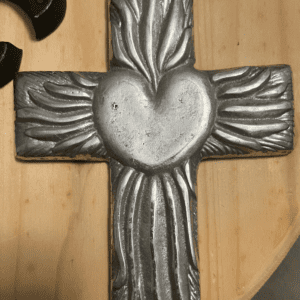
Unexpected Symbols of Religion
Explore the intriguing religious symbolism of the Heart with Wings, the Fleur de Lis, and the Ankh, each representing unique spiritual concepts and cultural heritage across different traditions.
